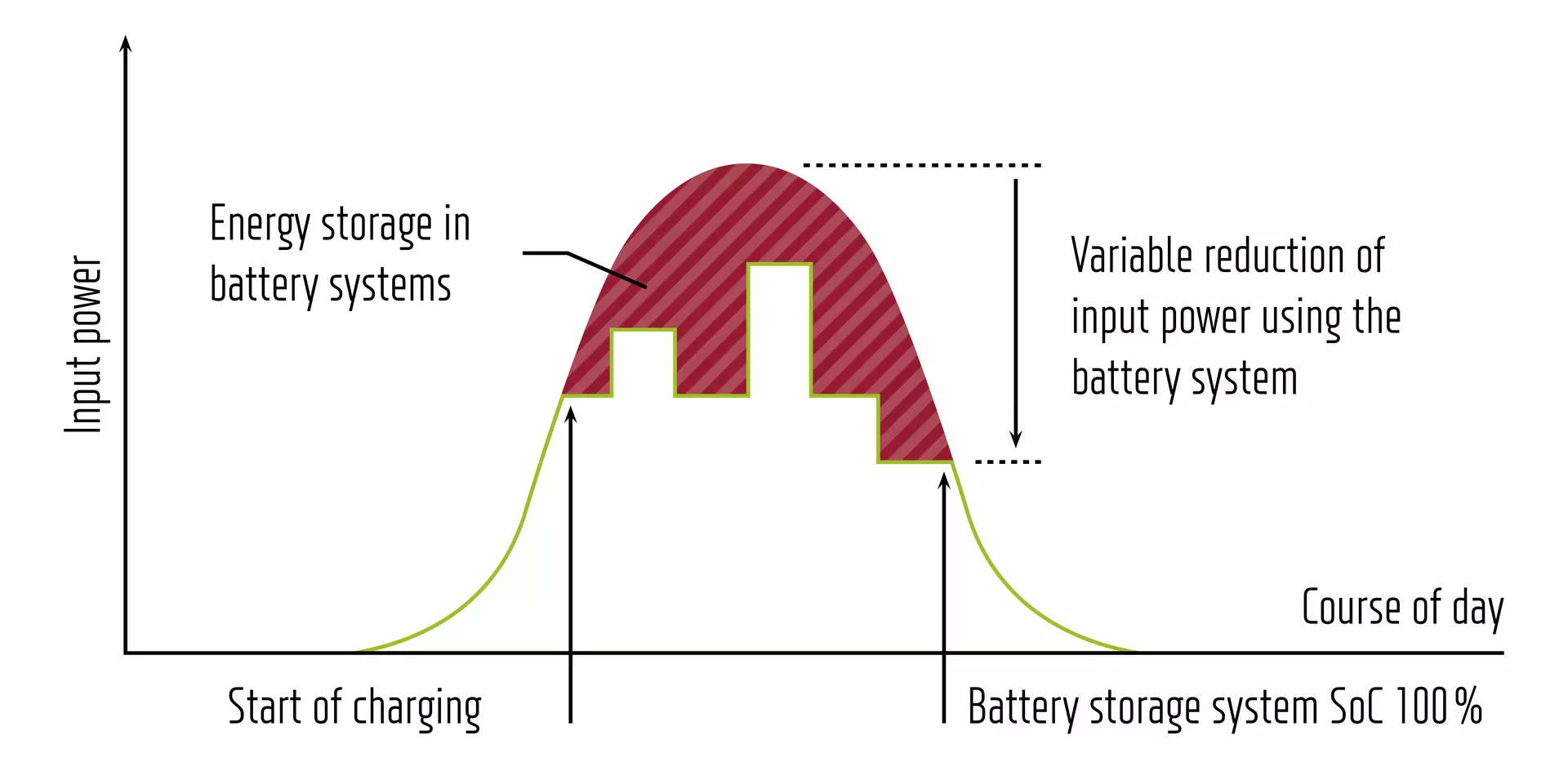HOW DOES IT HELP?
If more PV electricity is being produced than consumed, excess electricity can be fed into the public grid and the utility provider offers remuneration. However, funded PV installations are not allowed to feed their full output into the grid; instead, feed-in must be curtailed to 40%, 60% or 70% of their maximum potential output. Excess solar energy goes unused during the curtailment phase. Forecast-based charging helps avoid this uneconomical consequence as much as possible.
BENEFITS
- Minimise or eliminate losses due to system performance curtailment
- Use the PV installation and battery storage system more economically
- Control additional consumers such as heat pumps and charging stations

 Tiếng Việt
Tiếng Việt 中文 (中国)
中文 (中国)
